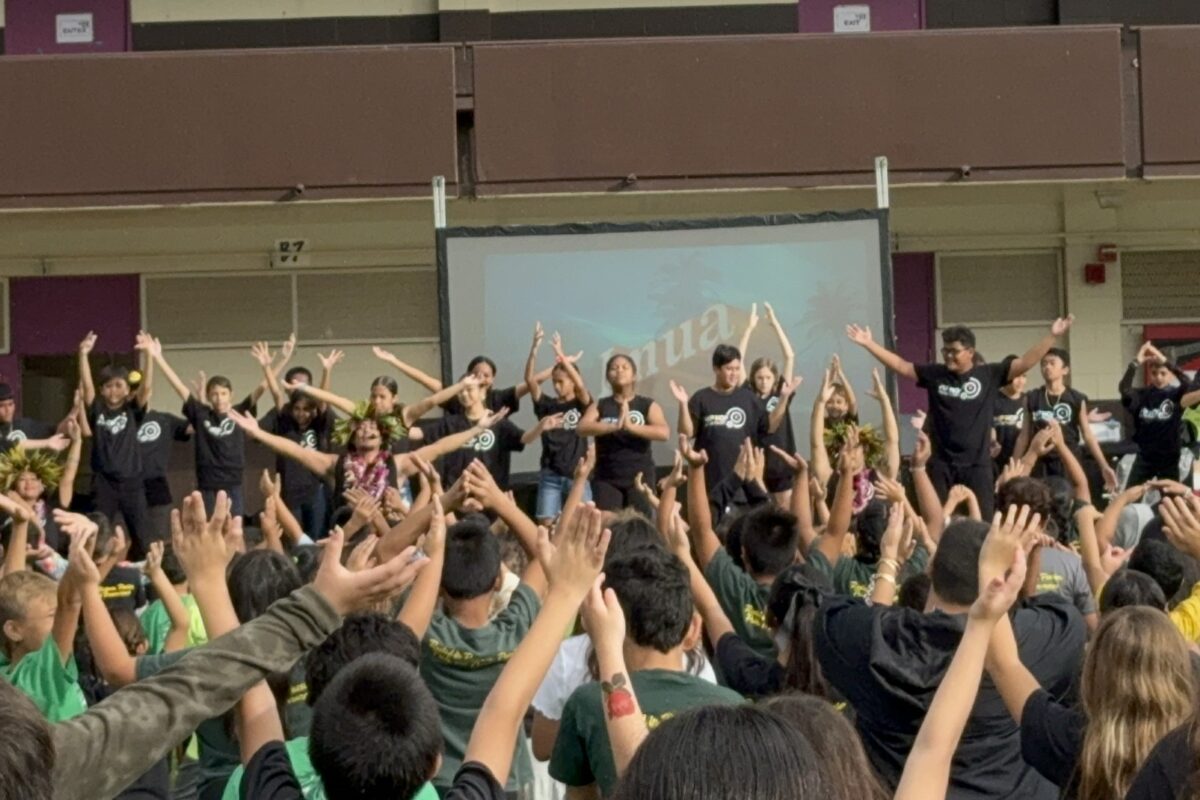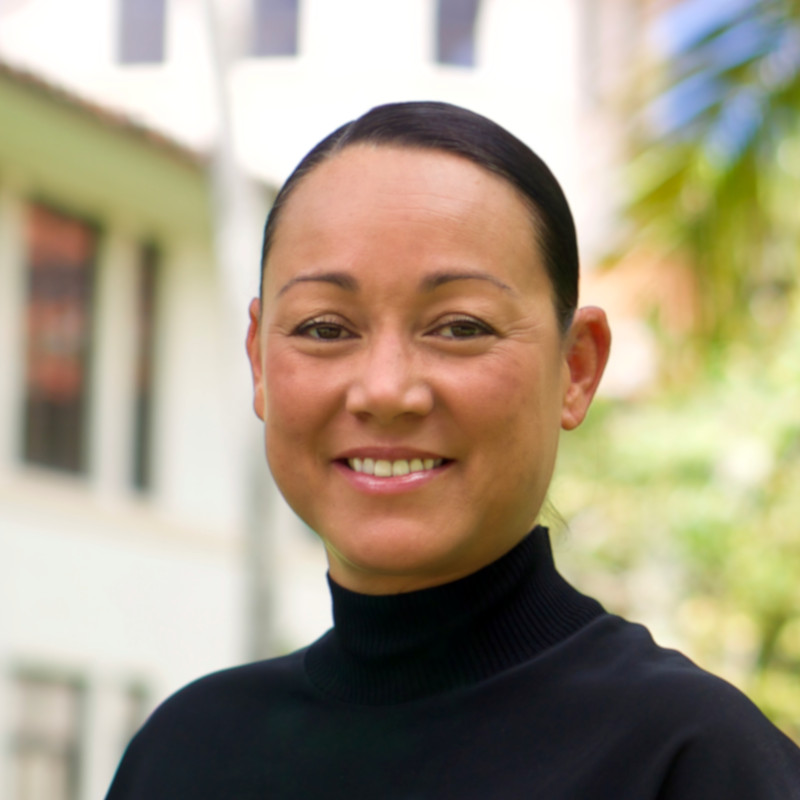
Professor Erin Centeio in the UH Mānoa College of Education (COE) Department of Kinesiology and Rehabilitation Science (KRS) and Professor Ku‘ulei Serna in The School of Teacher Education (STE) received a $3,954,518 grant from the Department of Education, Office of Elementary and Secondary Education (Native Hawaiian Education Program). This will be round two for I Paʻa Ka Huewai Pawehe – “So that our prized water gourds are made firm.”
For this round of funding, Centeio and Serna will be collaborating with Associate Professor Summer Maunakea in the Department of Curriculum Studies (EDCS) to include ‘Āina based education. The three-year project is a partnership among the COE, the Hawai‘i Department of Education (HIDOE), and the Hawai‘i Department of Health to improve the academic success alongside the physical, mental, and emotional wellbeing of the Whole Native Hawaiian (NH) Child.
 “The HIDOE serves a large proportion of NH youth who are at risk for long-term health issues, given the high obesity rates and lack of participation in physical activity,” Centeio said. “Many NH youth have experienced various forms of cultural trauma and find it hard to be successful in traditional academic venues.”
“The HIDOE serves a large proportion of NH youth who are at risk for long-term health issues, given the high obesity rates and lack of participation in physical activity,” Centeio said. “Many NH youth have experienced various forms of cultural trauma and find it hard to be successful in traditional academic venues.”
Goals of the project include improving the overall health and wellbeing of NH students; improving the quality of health and physical education according to Hawai‘i state standards and benchmarks as well as national recommendations; and identifying meaningful intersections within overall health and education, addressing whole child development.
Building upon the first round of I Paʻa Ka Huewai Pawehe, which currently partners with 20 schools across four complex areas on Oʻahu and Kauaʻi, round two will add 15 more schools across three new complex areas on Hawaiʻi, Maui, and Molokai. The project will also continue professional development and learning for the current schools and will partner with Kōkua Foundation to expand programming in the current elementary schools to incorporate ‘Āina based education, reaching over 25,000 students in total.
“Based on the direct correlation between the overall health of youth and academic success in school, there is a drastic need for interventions surrounding the health of the whole child,” Centeio concluded. “This need, coupled with the unique and underserved population of NH youth, underscores how timely and warranted I Paʻa Ka Huewai Pawehe is.”

